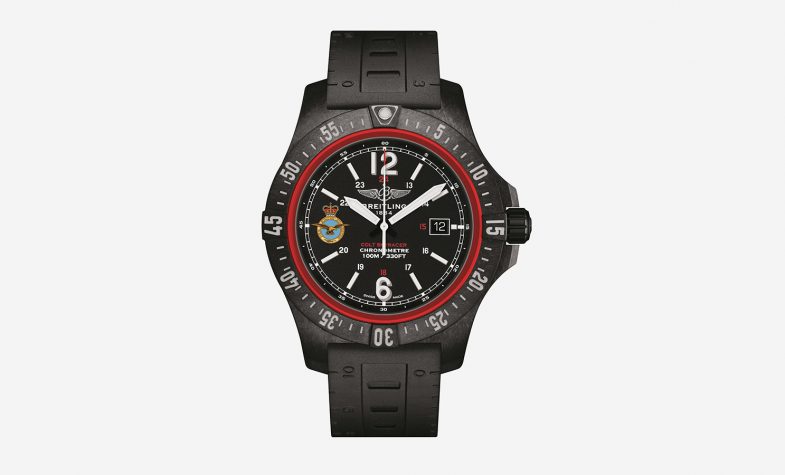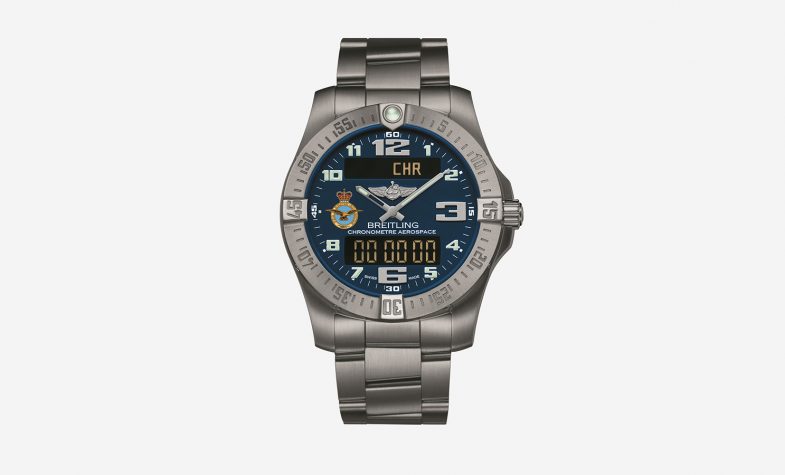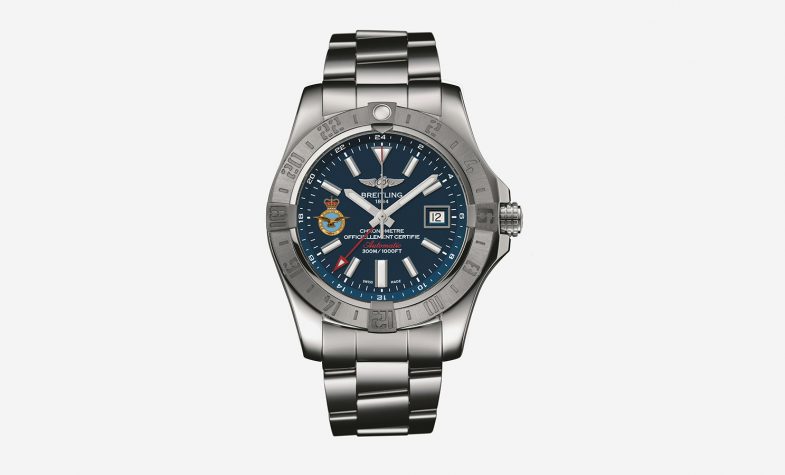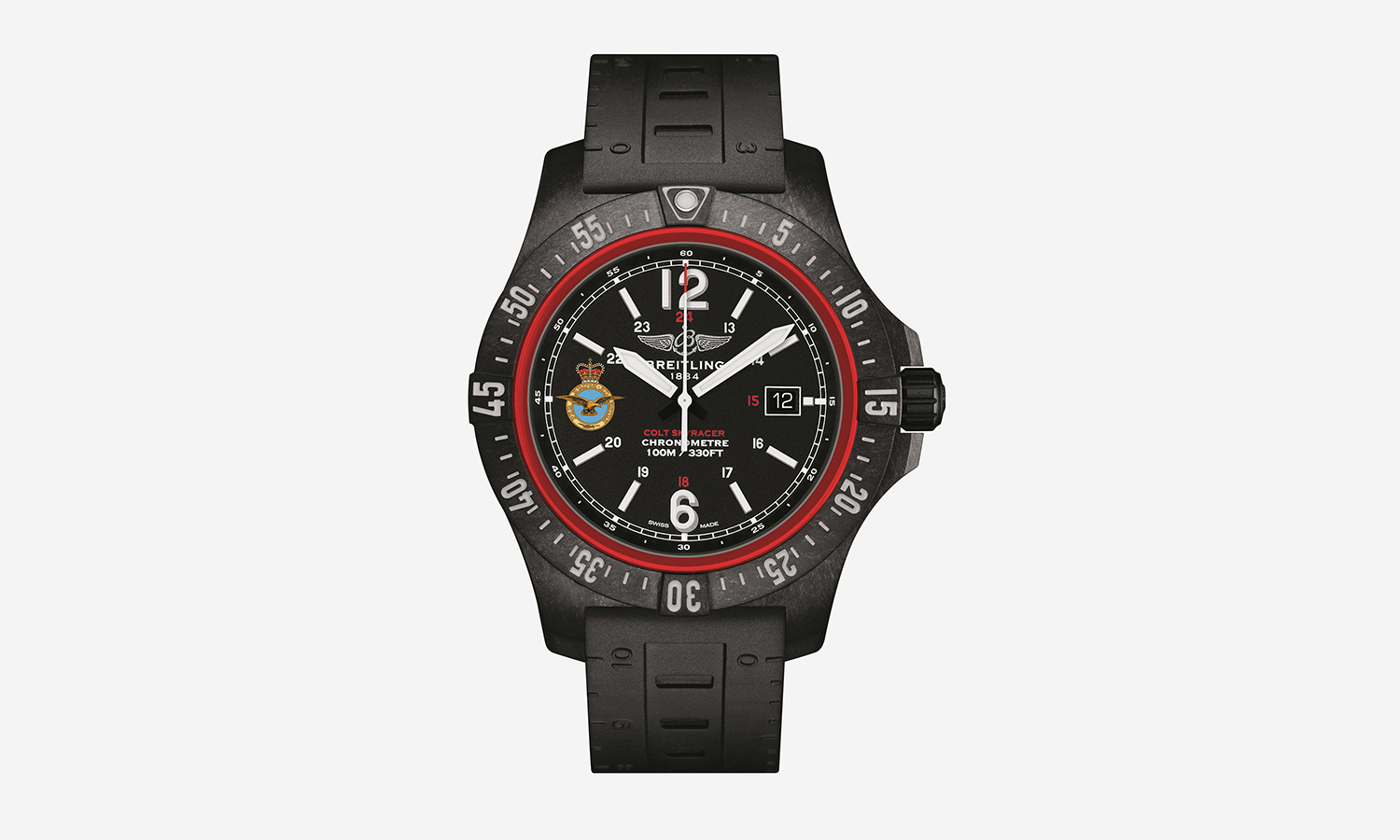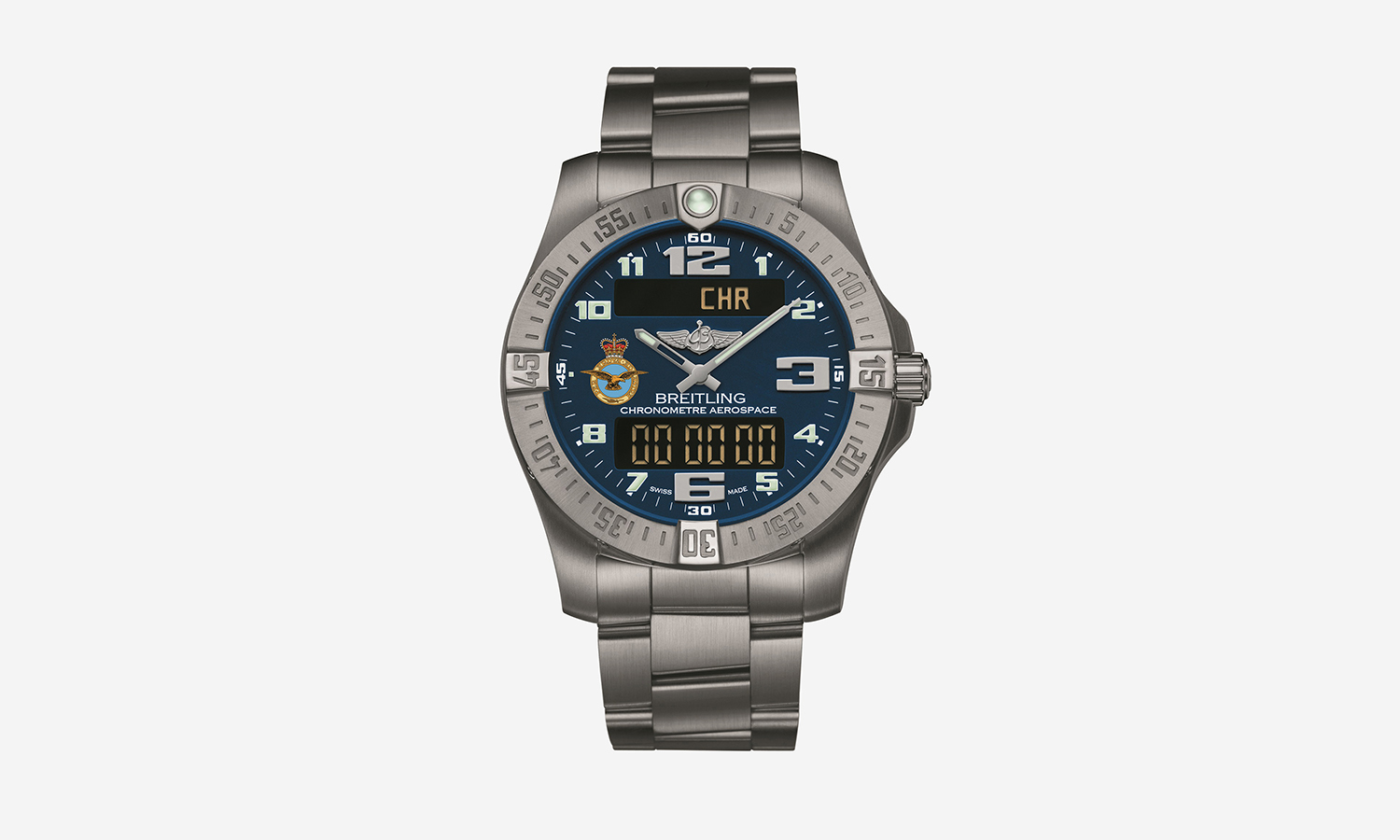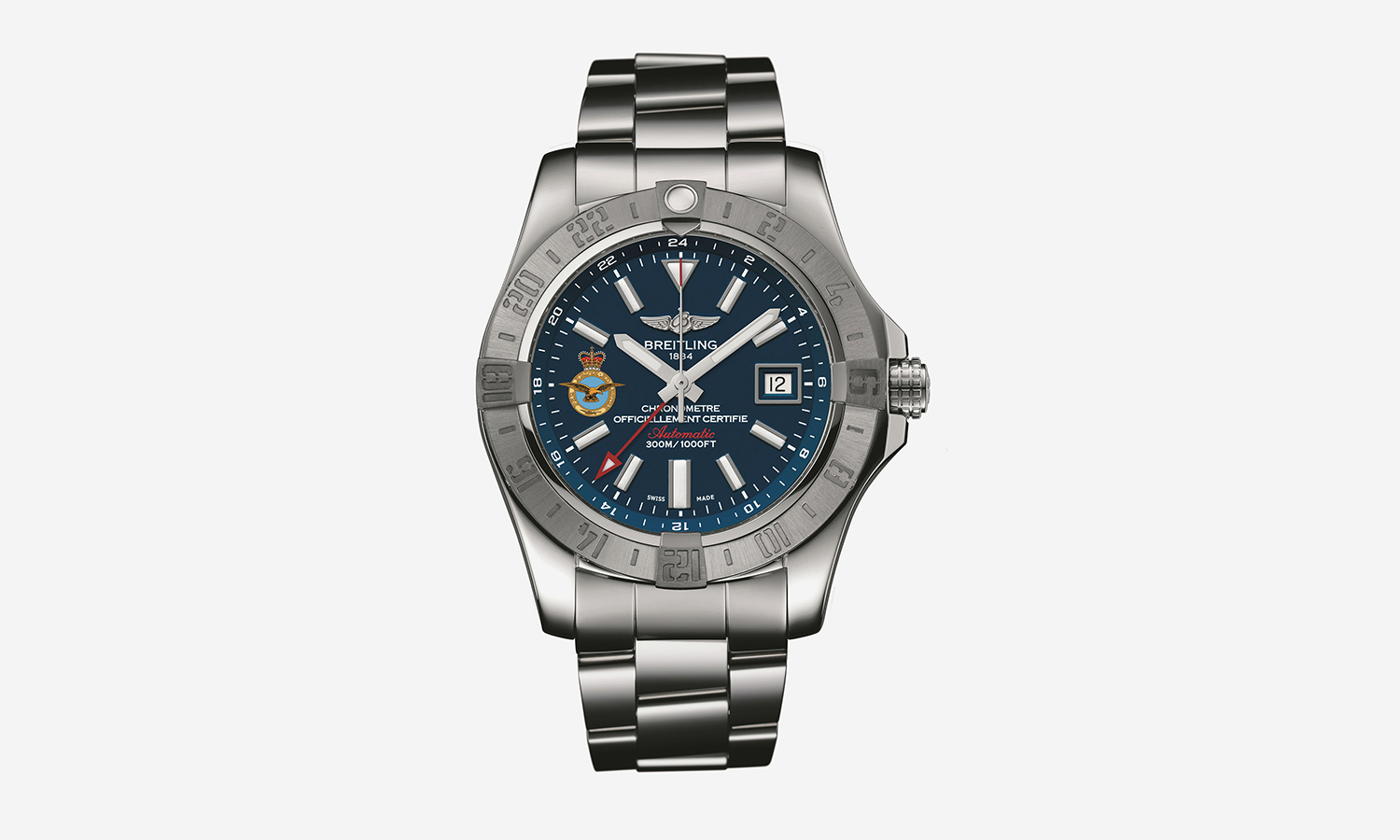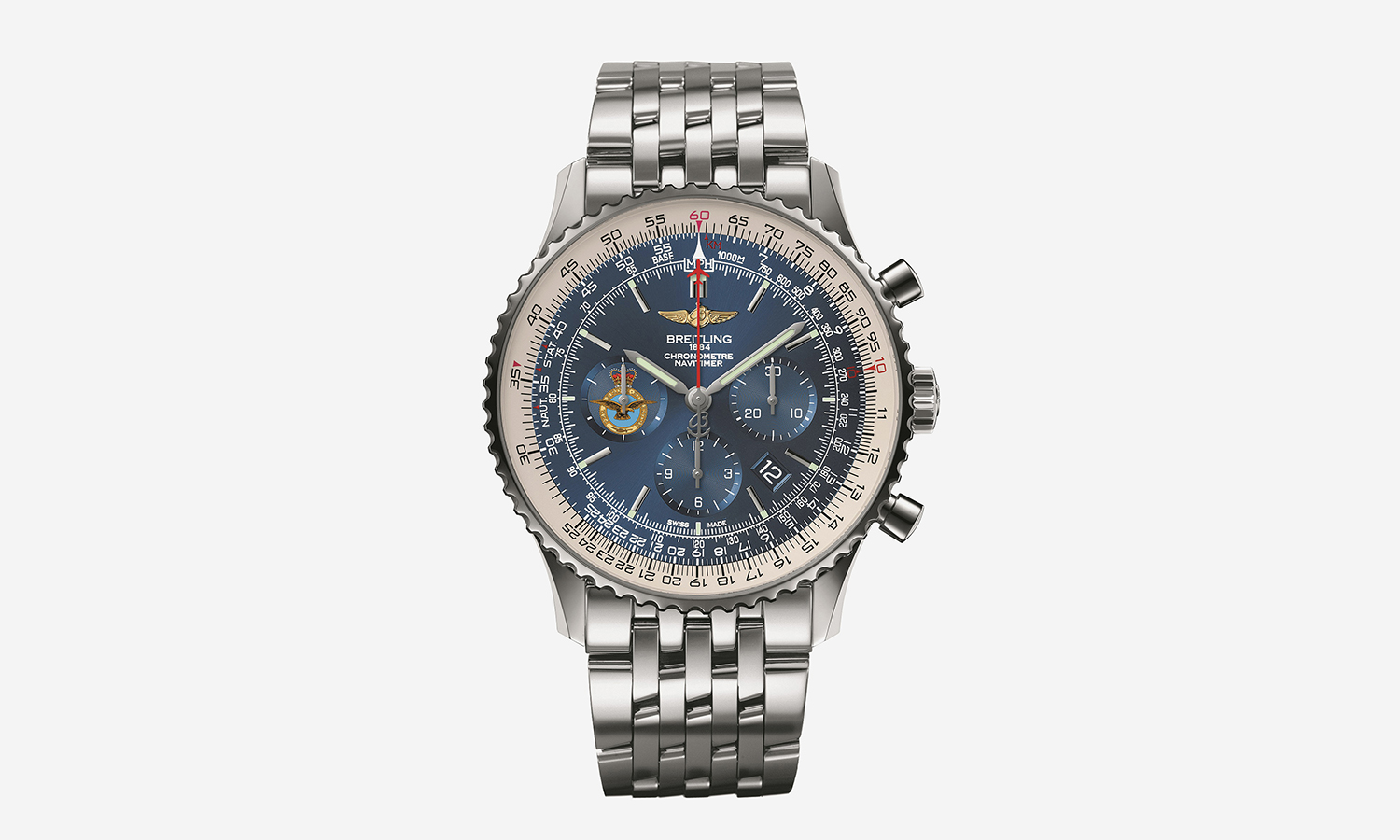WORDS
Richard Holt
It is an undeniable truth that we live in a time of rapid technological change. We carry personal computers that can summon food, taxis and potential partners at the tap of an app, and let us watch videos of a tech billionaire firing his electric car into space. All this would have seemed crazy 10 years ago. To be honest, it still seems a little crazy now. But is it true that the pace of change is on a scale that has never been seen before?
To get some perspective, it is worth going back a century and imagining the decade of seismic technological revolution that the world witnessed prior to the creation of the Royal Air Force in 1918.
A decade earlier, aeroplane flight was little more than a fantasy pursued by a fanatical few. But then in August 1908 the American aviation pioneer Wilbur Wright gave a series of staggering flying demonstrations in Le Mans that changed everything. A sceptical world got a glimpse of how the aeroplane was going to change the world. Sure, the world already had balloons and airships, but mentioning those in the same breath as aeroplanes is like comparing slingshots to rifles.
Prior to this, the British top brass had been among the most dubious about the viability of heavier-than-air flight, believing it was best to base their aviation policy chiefly on the use of hot-air balloons sent up for observation purposes. But a few months after the Wright demonstrations in France, a first official aeroplane flight took place in Britain and it was clear that the writing was on the wall for the Balloon Corps.
The next ten years saw such a rapid acceleration in aviation technology that the plane went from being a flimsy, glorified glider to a tool that was capable of totally transforming the landscape of war and the movement of people. In the later stages of the First World War, as the Germans began deploying long-range bombers for the first time, the British government acknowledged that aviation had become such an important part of military strategy that it needed a separate division. On 1 April 1918, the Royal Naval Air Service and the Royal Flying Corps were merged to form the RAF, the world’s first independent air force.
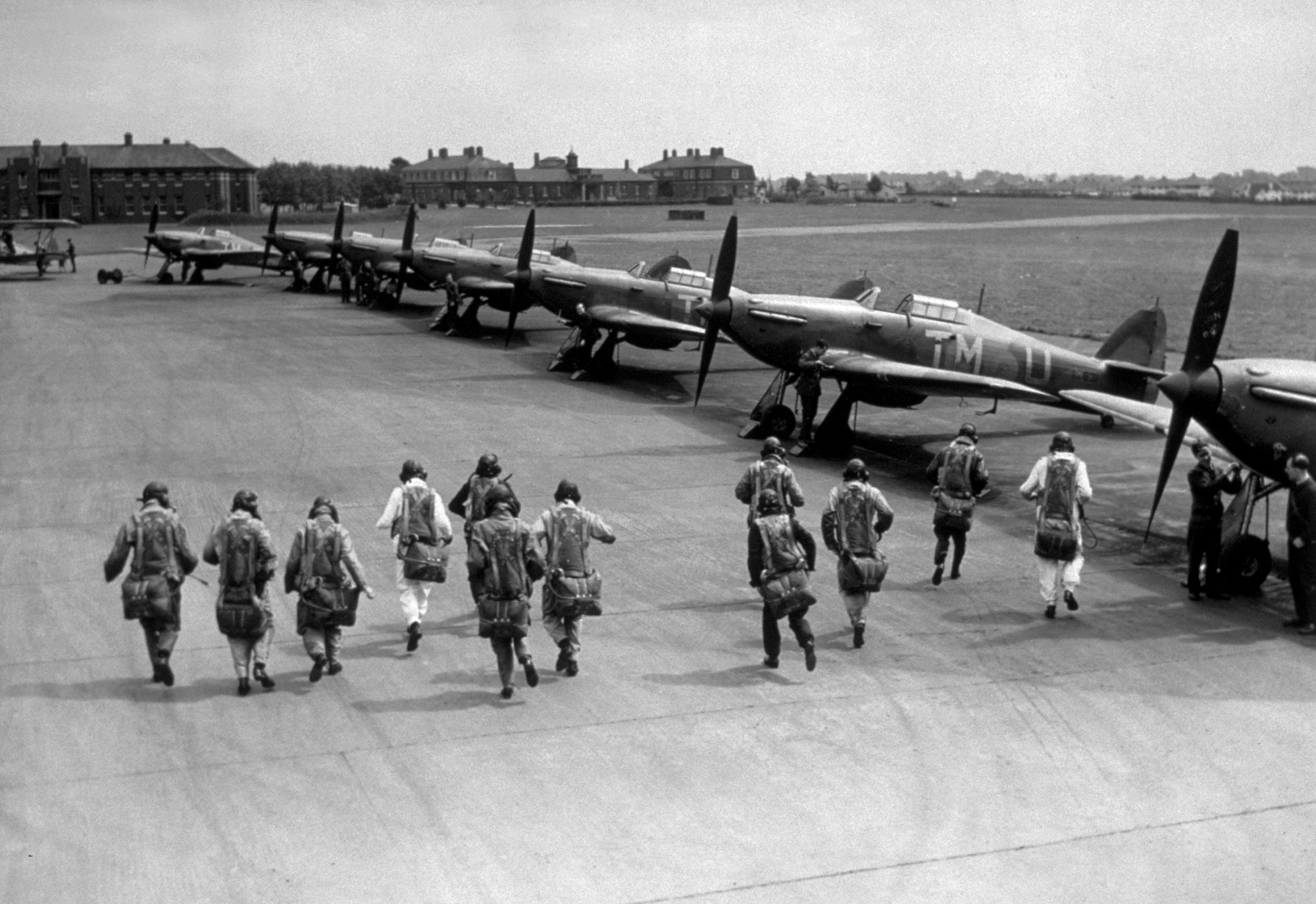
Precision timing was of great importance in the development of aviation, as flight times became longer, and distance and fuel levels needed to be calculated as accurately as possible. This need for precision became all the more acute when the world began gearing up for another war. It was clear that the battle for the skies would be key, and the ability to coordinate bombing raids to the last second was essential.
Breitling, founded in the Swiss Jura in 1884, got in on the flying action early. A pioneer in pocket and then wrist chronographs, Breitling made a number of breakthroughs that made it an early favourite among pilots. These included making the first chronograph that separated the stop/start and the reset functions, making it possible to combine several successive time periods without returning the stopwatch to zero which proved very useful for adding up flight times.
In the 1930s, Breitling began making on-board chronographs for aircraft. One of the principal customers was the RAF, which put them in many of the bombers that would go on to play such a crucial role in securing allied victory in the Second World War. This was the beginning of an ongoing, mutually beneficial relationship between the RAF and Breitling.
The following decades saw Breitling secure its position as a favoured supplier to the RAF and to pilots worldwide, with breakthrough watches such as the Navitimer, launched in 1952, then the Chronomat in the 1980s, through to the Emergency, with its personal locator beacon, which was released in 1995. The US-based Aircraft Owners & Pilots Association – the world’s largest aviation community – chose the Navitimer as its preferred watch for pilots, leading to Breitling being dubbed the “official supplier to the world of aviation”.
It was therefore more than fitting when Breitling was announced as the official partner to RAF 100, the celebration of the Royal Air Force’s centenary, which throughout the year will see a range of events, charity initiatives and new licensed products. Breitling is launching a limited edition of four watches and donating a proportion of the sales to RAF 100 appeal charities. The collection consists of four new models: 100 pieces each of the Colt Skyracer, Aerospace and Avenger GMT II models; and 25 examples of the Navitimer 01, one of which will be auctioned off for the RAF 100 charity appeal.
Not only was watchmaking essential to the development of the aeroplane, but this partnership is a great reminder of how aviation provided a great crucible for the evolution of watchmaking, providing challenges that allowed it to flourish and gain even greater relevance. In an uncertain world, the RAF is as relevant as it ever was, and precision timing is always essential, with Breitling remaining the choice of both civilian and military pilots. We may operate in a landscape that is increasingly dominated by digital technology, but the truth is that escaping from the physical realities of time and space remains in the realm of fantasy. Do we live in a time of unprecedented change? The digital revolution is real, but there is just no comparison to be made between clever smartphones and the time that the world spread its wings and learnt to fly.

